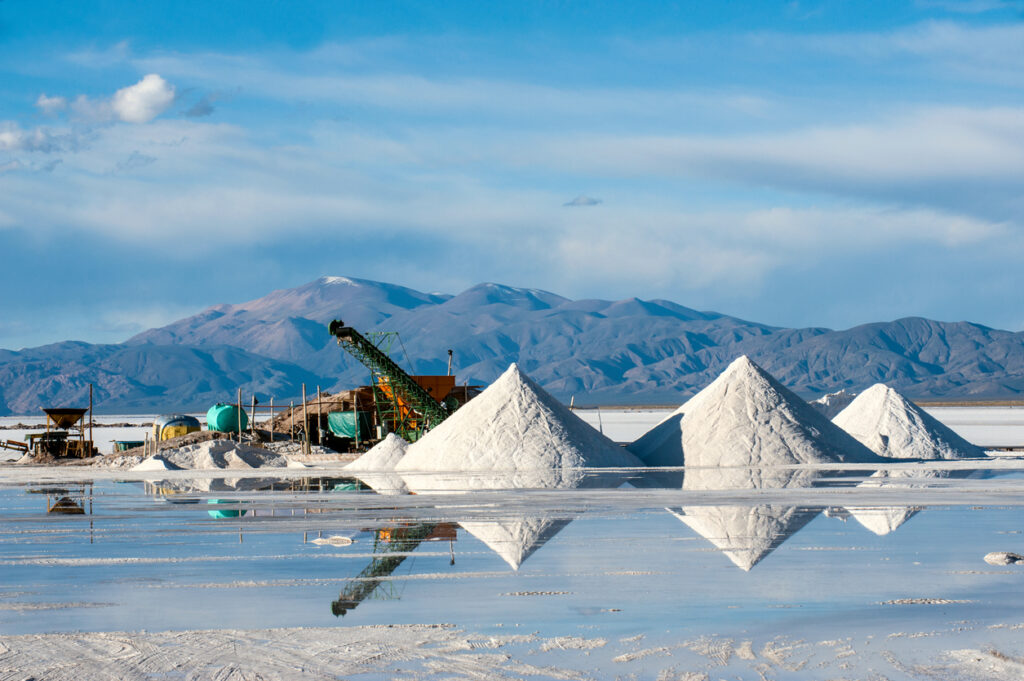(Oil Price)– The mining sector continues to face new and growing challenges. President Trump only yesterday pushed copper prices to record highs after threatening 50 percent tariffs on the precious metal.

Latin America is as exposed as any other region to the US tariff policy. But when it comes to the green energy transition, it’s mining companies and governments that will play an outsized role. Understanding what drives relevant sectors across the region is therefore crucial.
For decades, the region’s abundant mineral wealth has positioned it as one of the main suppliers globally, although this role has been defined more by extraction rather than value or influence. As the world heads towards a Net-Zero future, the region is becoming a battleground where global green ambitions clash with demands for sovereignty.
Critical minerals like lithium, lime, copper, and gold are essential to decarbonising energy systems worldwide. But it is naive to expect Latin America to continue serving as the world’s mineral warehouse without its fair share of the benefits.
The reality is that Latin America remains burdened by a legacy of extraction.
The Net Zero transition risks repeating this pattern, camouflaged as “green growth,” unless the global community is willing to break from the outdated model.
Fortunately, change is underway, and a new generation of companies and governments is working to rewrite the rules. They are reclaiming value for their local economies.
In the Dominican Republic, the mining company DOCALSA is demonstrating how to make the shift. By investing in local infrastructure, reforestation, and solar energy, it is showing that economic gains can, and should, remain within national borders.
DOCALSA aligns with environmental goals by encouraging reforestation days and ensuring the protection of water supplies for local populations. It has encouraged participation in the annual beach cleanup days, carried out in collaboration with the Ministry of Environment and Natural Resources.
In Mexico, copper producer Southern Copper Corporation (SCC) is striving to enhance its production sustainability. Since 2019, SCC has invested approximately US$379.9 million in social and philanthropic endeavors that align with the UN’s Sustainable Development Goals (SDGs).
This is money, the company makes clear, that flows into communities near its operations, representing on average 3.5% of its net earnings.
Across the region, a broader and more urgent movement for mineral sovereignty is gaining momentum. After centuries of uneven returns, Latin American countries are demanding control over their natural resources.
Nations like Argentina, the Dominican Republic, Mexico, and Chile are leading the charge, insisting that mineral wealth must benefit local communities, not just foreign investors.
Meanwhile, global power dynamics are shifting. India and China are stepping in with investment and infrastructure deals, loosening the region’s historic dependence on the US and Europe. This rebalancing is not just strategic, it’s long overdue.
Now, Latin America is rightly refusing to be anyone’s extraction site without terms that serve its own development goals.
From the Dominican Republic’s lime reserves to Mexico’s copper assets, governments and businesses are navigating environmental challenges, social demands, and trade challenges. The region is asserting its sovereignty, reshaping its role in the global economy, and rewriting a narrative that has been imposed on it for centuries.
Yet, the road ahead remains uncertain. With countries being pulled in many directions, investors seek stability, communities call for justice, and the world craves clean energy. Latin America now stands at a defining crossroads.
Will they lead a truly just and sustainable mining revolution, or will history repeat itself in a “greener” form?
The answer depends on whether governments, companies, and civil society can remain united. If the region is to power the world’s green future, then it deserves to help lead it, not just play the role of supplier.
By Cyril Widdershoven for Oilprice.com

